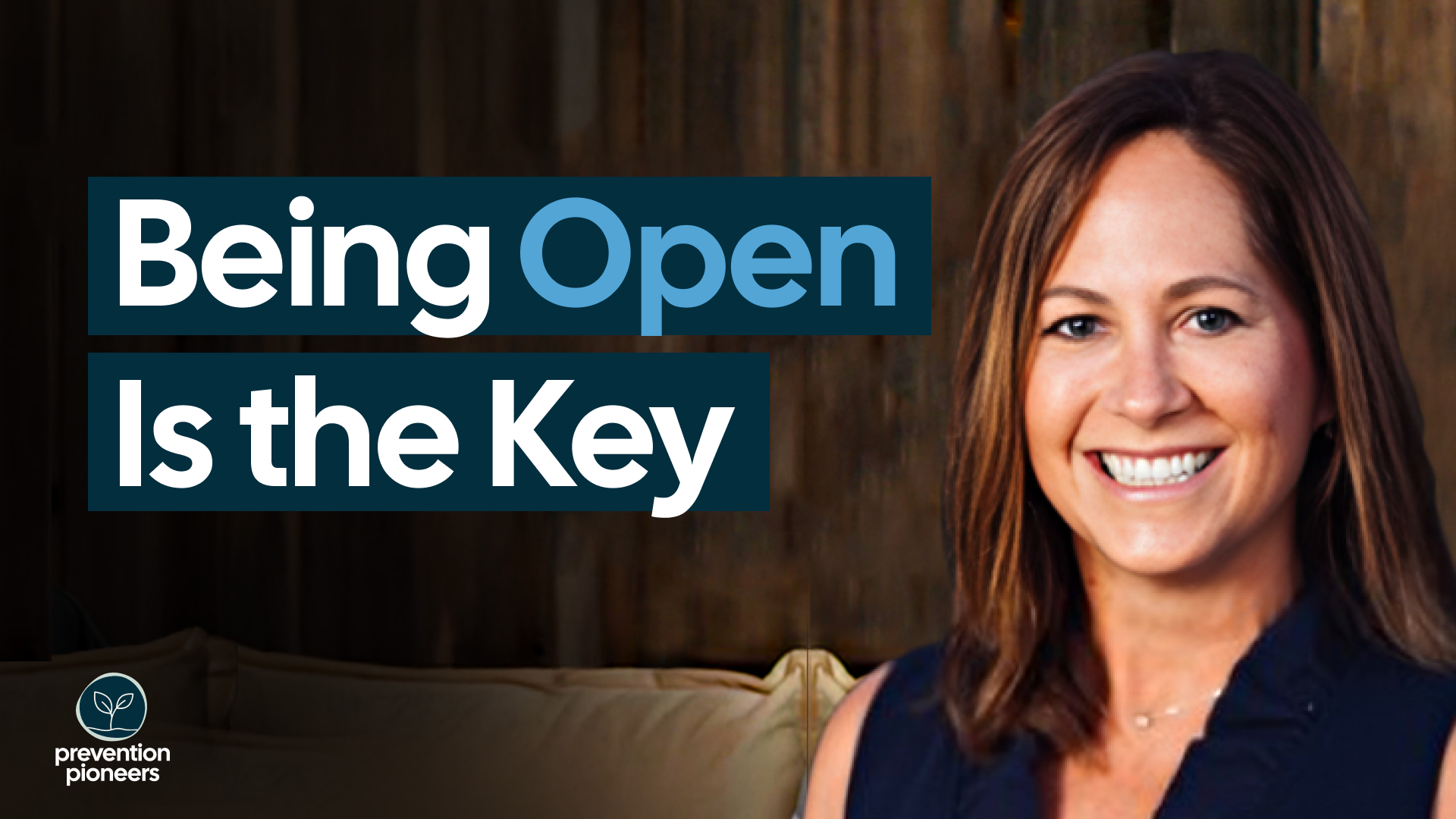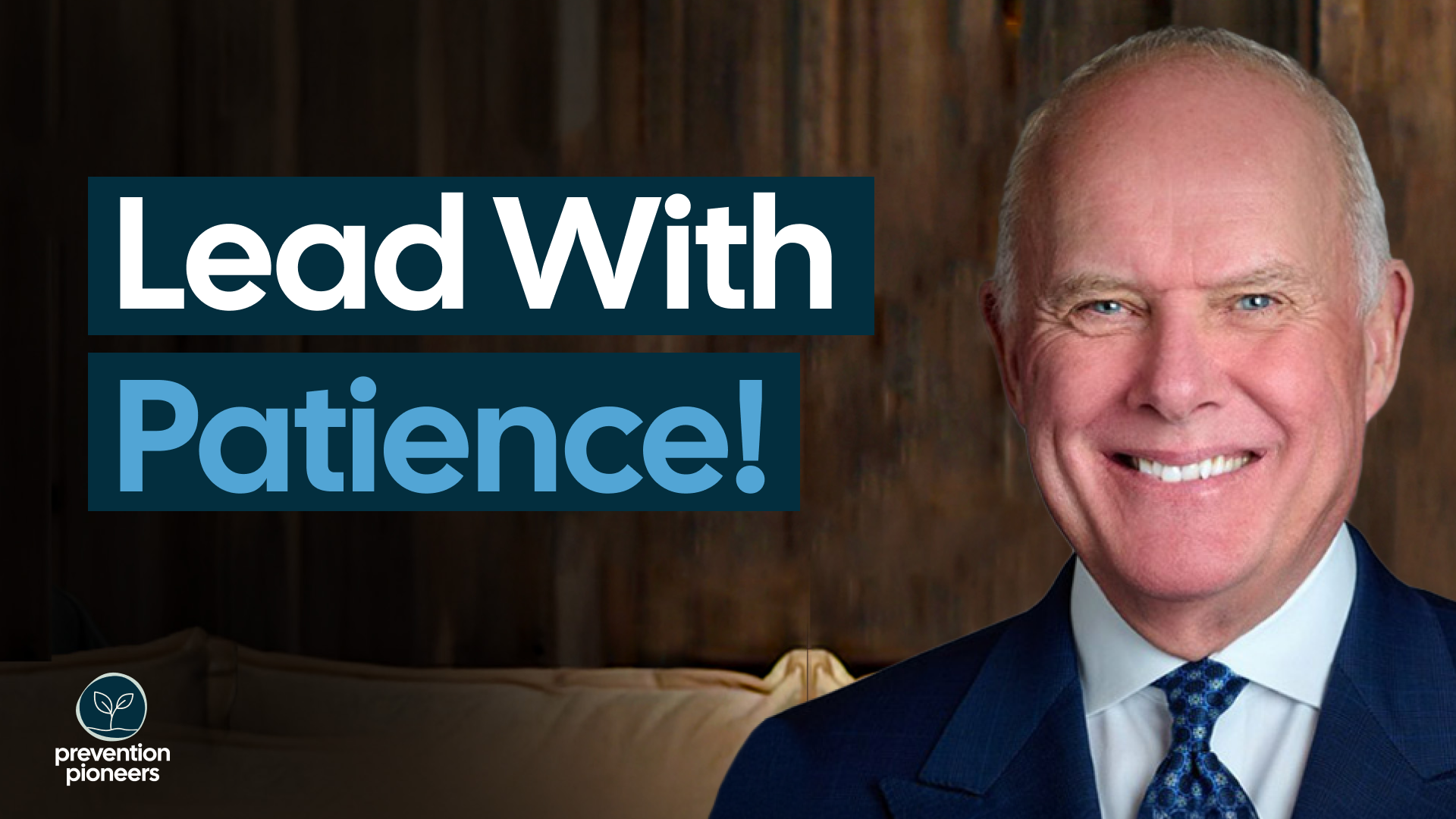Leading Through Chaos: Insights from Jack Lynch

When a crisis strikes, how can leaders effectively support their teams and communities?
In this episode of Prevention Pioneers, Jack Lynch, former President and CEO of Main Line Health, shares valuable insights on leadership in crisis during the COVID-19 pandemic and the role that communication and workforce well-being play.
Every workplace will face a crisis at some point. For the healthcare industry, the COVID-19 pandemic created years of chaos. Jack Lynch guided Main Line Health through this chaos by “Being transparent, explaining why, and empowering people.”
Let’s dive into his insights and explore how you can use these principles in your own crisis leadership.
The Challenges of the COVID-19 Pandemic for Leadership
The COVID-19 pandemic presented unique challenges to leaders. Its prolonged and unpredictable nature was difficult to manage.
Healthcare facilities can withstand a short storm, but Jack remarks, “This was not a storm. This wasn’t a hurricane. This wasn’t a flood. This was years of an onslaught of an illness that was very communicable and had bad outcomes.”
Jack’s crisis leadership during this time focused on two areas: adaptability and resilience. His strategy focused on staff safety, maintaining morale, and managing resources.
The Importance of Transparent Leadership in Crisis
Leadership in crisis requires transparent communication. Jack says, “My philosophy is: you be transparent because you’re going to get yourself in trouble if you’re not transparent.” Transparency supports resilience in the workplace, enabling your team to adapt to new information.
When sharing important direction, Jack stresses, “If you tell people why, they’re more likely to do what you need to do to get the job done.” Rather than giving an order, explain why it’s important to your mission. For example, explain why a particular protocol protects staff from COVID-19 transmission.
Benefits of Transparent Leadership in Crisis
- Builds trust: Being open and honest fosters trust and credibility, which is crucial during uncertain times.
- Eases fears: Clear communication helps reduce fear by enabling employees to understand the situation.
- Enhances team unity: Transparency brings people together around the organization’s goals and challenges.
- Supports better decision-making: When employees are informed, they can make better decisions.
- Increases engagement: When employees feel like they’re part of the conversation and understand the “why,” they’re more likely to stay engaged.
- Strengthens resilience in the workplace: Open lines of communication build a resilient organizational culture.
Empowering Employees
For Jack, empowering employees is a key component of building resilience in the workplace. He states, “Empowering staff means giving them the tools and the authority to make decisions on the ground.”
Some ways that leaders can foster empowerment include:
- Fostering open dialogue
- Clarifying goals and expectations
- Providing autonomy in decision-making
- Offering constructive feedback
- Recognizing and celebrating success
- Investing in professional development
- Encouraging problem-solving
Preventive Health as a Key Strategy
Jack also discusses the key role of prevention in healthcare as a whole. He says, “Preventing people from getting sick is good for healthcare.” This is because healthcare facilities have limited resources. Preventive healthcare enables them to focus resources where they’re needed most.
Prevention is also key to workforce well-being. As Jack says, “A healthy workforce is how we all get our jobs done.”
Supporting Mental Health in the Workplace
Preventative mental health is a significant factor in resilience in the workplace. Crisis leadership can especially benefit from mental health support.
This begins with open discussion around mental health to reduce the stigma. Jack says, “The brain is just another organ in the body…why shouldn’t people pick up the phone and say, hey, can you help me find a mental health professional to help me deal with stress?”
Employers need to offer support systems for proper preventative mental health. For Main Line Health, one of those was its Critical Incident Response Team (CIRT). CIRT is an on-call “psychological first-aid” system to support employees during a crisis in the workplace.
Another way employers can support preventative mental health is by supplying education. Spirence is a mental health platform that helps employees build resilience, navigate stress, and prevent burnout.
Implementing Employee Support Systems
Especially during a crisis, employee support systems are a key component of workforce well-being. Jack discusses how in healthcare, “We used to have a huge initiative around patient safety… we started a real focus where we talk about safety, not just about the patient, but about the employees.”
Some other ways employers can support their employees include:
- Offering wellness programs to support preventative health
- Provide professional development opportunities
- Create peer support networks
- Establish regular feedback channels
Final Thoughts on Crisis & Resilience
Crisis and chaos are normal parts of life. How leaders respond and support resiliency in their workforce is key. To learn more about Jack Lynch’s insights on crisis leadership, preventative health, and mental health support, tune in to the full episode.
To learn more about how Spirence supports mental health prevention, book a demo of the platform.


